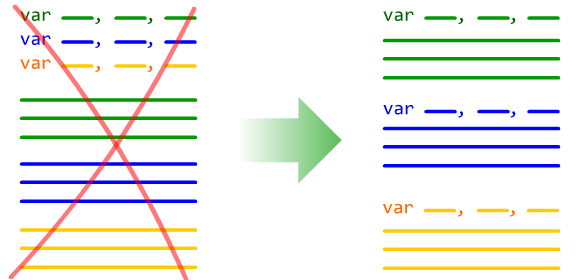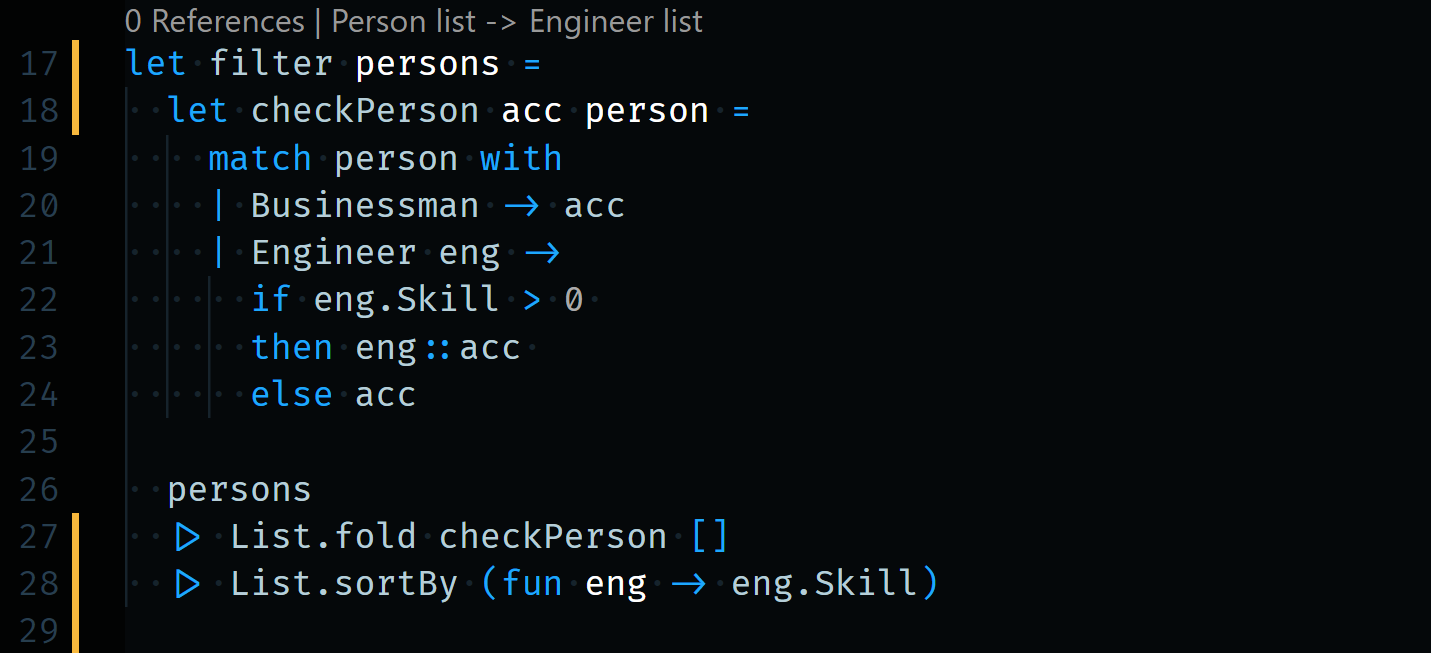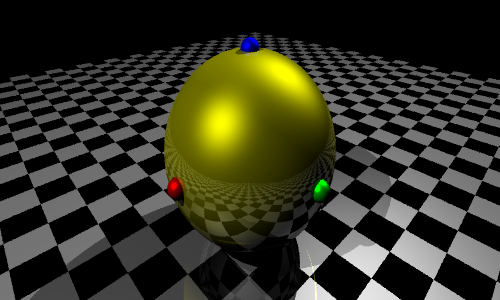Это продолжение статьи
«Как мы запустили роботов в маленький Чернобыль» про игровую концепцию Remote Reality.
Мы очень благодарны сообществу Хабр за проявленный интерес к нашему проекту, за много хороших слов и полезных комментариев к первой статье. Напомню, что наша команда состоит всего из нескольких друзей инженеров, которые делали три года этот проект своими руками. Надеемся, вторая часть нашей истории Вам тоже понравится.
Выход на Kickstarter
Как вы помните, в предыдущей статье, построив 10 готовых роботов, мы решили выйти на краудфандинговую платформу «kickstarter». Изначально мы понимали, что «кикстартер» это не наш «формат». Нам нечего было предложить покупателям, кроме игрового времени, но это был замечательный повод заявить о себе и, как оказалось, мы не ошиблись. Рассказывать о «кикстартере» можно долго. Мы были «наивными детьми», которые верили, что увидев наш проект, люди сразу оценят его по достоинству и начнут платить нам деньги. Мы наняли консультанта, который много времени уделил оформлению страницы и подаче материала, не рассказав нам, что с «кикстартером» не все так просто.

За неделю до начала кампании мы запустили рекламу на фейсбуке, сделали рассылку анонса «по друзьям». В общем, сделали все, как советовали статьи в Интернете. Также, мы «вычитали», что первый и второй день на «кикстартере» приносят максимальный результат. Первый день нам не принес… ничего, второй… тоже ничего и к концу недели мы так и не собрали ни одного доллара. Аналитика показывала, что причина банальна — к нам на страницу просто никто не заходит. Позже мы узнали, что для успешной кампании нужны солидные расходы на маркетинг, рассылки по базам бэкеров итд.












 Среди документов опубликованных Эдвардом Сноуденом, бывшим сотрудником ЦРУ и Агентства национальной безопасности США, были обнаружены материалы описывающие некоторые детали технологий шпионажа используемых АНБ. Список программных и аппаратных средств оформлен в виде небольшого каталога. Всего сорок восемь страниц отмеченных грифами «Секретно» и «Совершенно секретно», на которых дано краткое описание той или иной технологии для слежки. Данный список не является исчерпывающим. Представлены техники связанные с получением скрытого доступа к вычислительной технике и сетям, а также способы и устройства радиоэлектронной разведки связанные с мобильной связью и оборудование для наблюдения. В этой статье я расскажу об этих методах шпионажа, далее будет четыре дюжины слайдов(осторожно, трафик).
Среди документов опубликованных Эдвардом Сноуденом, бывшим сотрудником ЦРУ и Агентства национальной безопасности США, были обнаружены материалы описывающие некоторые детали технологий шпионажа используемых АНБ. Список программных и аппаратных средств оформлен в виде небольшого каталога. Всего сорок восемь страниц отмеченных грифами «Секретно» и «Совершенно секретно», на которых дано краткое описание той или иной технологии для слежки. Данный список не является исчерпывающим. Представлены техники связанные с получением скрытого доступа к вычислительной технике и сетям, а также способы и устройства радиоэлектронной разведки связанные с мобильной связью и оборудование для наблюдения. В этой статье я расскажу об этих методах шпионажа, далее будет четыре дюжины слайдов(осторожно, трафик).











